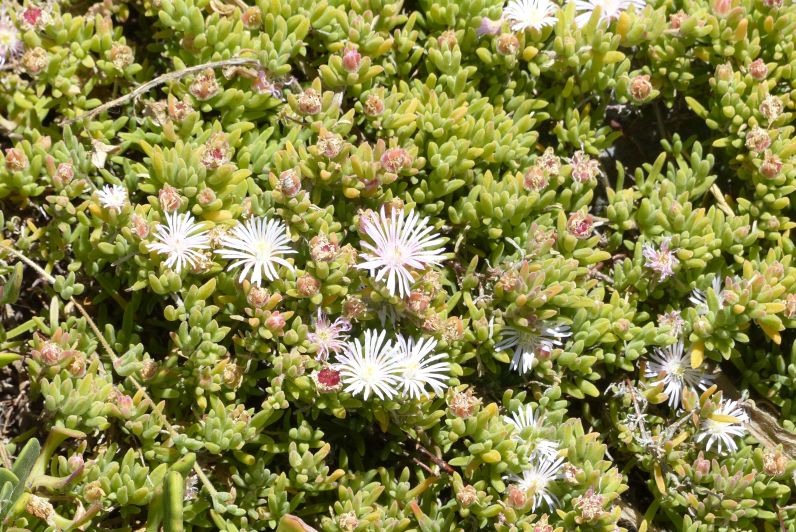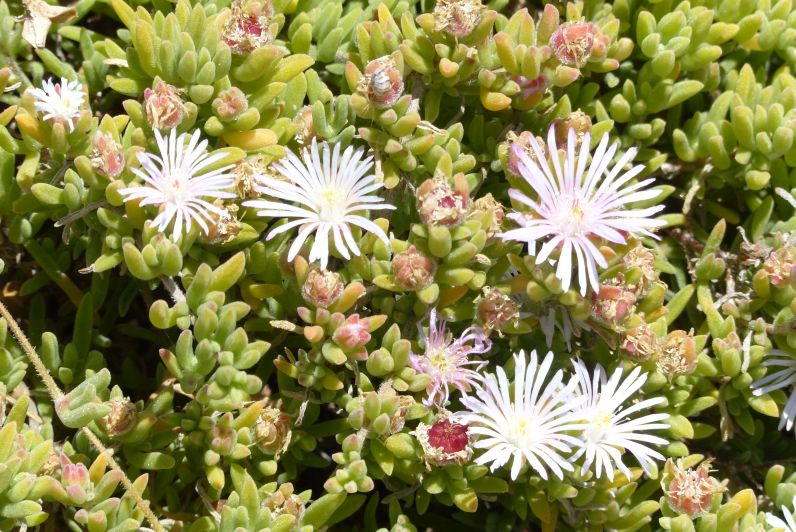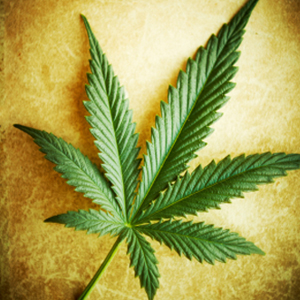Plant Identification
Moderator: Klipspringer
Re: Plant Identification
Lack of inspiration, I don't know where to look, but it's not a "pea", arks
-
arks
- Posts: 183
- Joined: Sat Oct 12, 2013 1:24 am
- Country: USA
- Location: Cambridge, MA - and home from home in Darling, WC
- Contact:
Re: Plant Identification
Yes, I agree that it's not a 'pea', but that was the only photo in my fynbos book that looked anything like this.  I'll try looking again ....
I'll try looking again ....
-
arks
- Posts: 183
- Joined: Sat Oct 12, 2013 1:24 am
- Country: USA
- Location: Cambridge, MA - and home from home in Darling, WC
- Contact:
Re: Plant Identification
Here are some more Cape plants that I need ID help with.
The first two were seen along the Kommetjie boardwalk (which is part of TMNP) in late November 2015.
2. Possibly Disphyma crassifolium?


These next two were taken along Ou Kaapse Weg, near the entrance to the Silvermine area of TMNP (before Silvermine reopened) in late November 2015.
The first two were seen along the Kommetjie boardwalk (which is part of TMNP) in late November 2015.
2. Possibly Disphyma crassifolium?


These next two were taken along Ou Kaapse Weg, near the entrance to the Silvermine area of TMNP (before Silvermine reopened) in late November 2015.
Last edited by Toko on Sun Feb 28, 2016 4:32 pm, edited 2 times in total.
Reason: Identified plants removed!
Reason: Identified plants removed!
Re: Plant Identification
arks wrote:Here are some more Cape plants that I need ID help with.
The first two were seen along the Kommetjie boardwalk (which is part of TMNP) in late November 2015.
2. Possibly Disphyma crassifolium?

I don't have a real clue, but the leaves look like Drosanthemum to me, might be D. candens
-
arks
- Posts: 183
- Joined: Sat Oct 12, 2013 1:24 am
- Country: USA
- Location: Cambridge, MA - and home from home in Darling, WC
- Contact:
Re: Plant Identification
Thanks as always for your quidance on puzzling plants, Toko.Toko wrote:I don't have a real clue, but the leaves look like Drosanthemum to me, might be D. candensarks wrote:Here are some more Cape plants that I need ID help with.
The first two were seen along the Kommetjie boardwalk (which is part of TMNP) in late November 2015.
2. Possibly Disphyma crassifolium?

or I am very wrong here, these vygies look all alike
Re: Plant Identification
arks  and who knows, you might be right with the whitish vygie
and who knows, you might be right with the whitish vygie 
This is fun botanism here
This is fun botanism here
-
arks
- Posts: 183
- Joined: Sat Oct 12, 2013 1:24 am
- Country: USA
- Location: Cambridge, MA - and home from home in Darling, WC
- Contact:
Re: Plant Identification
At the end of the day, "whiteish vygie" will do, I end up being totally confused by all those similar pix in my fynbos book 




-
Tadrisa
- Posts: 6
- Joined: Tue Apr 26, 2016 7:38 pm
- Country: Tanzania
- Location: Singida, Tanzania
- Contact:
Re: Plant Identification
One day on my way home from school, I just started uprooting one of each kind of wildflower I found, I took them all home and took a bunch of pictures of them and posted them up on iNaturalist, they're all cool, but this one is by far the coolest, so I most want to get it identified

According to passersby that I questioned, this plant is called something like ngulele (and maybe also something like itianpiti) in the Nyaturu language (Kinyaturu). The buds can be prepared in some way along with leaves of other plants in order to make the green slimy side dish called mlenda (these flowers/buds contribute the slime part), which is sort of the central region of Tanzania's infamous signature dish. The stigma can be crushed to release a purple dye which the lady showed be can be used to color your fingernails for a short while.
It's a pretty common flower around here (around Singida town in Singida region of Tanzania) during the rainy season (November-May), growing wild in the borders between farmer's fields and paths.

It has dark purple flowers with 5 overlapping petals and a big, fat, juicy style. The petals and the style are all slimy inside.


The leaves are interesting. Down low on the stem, they're broad with an only slightly jagged edge and with one central lobe and two conjoined side lobes. The leaves mid-way up the stem have 5 very separate lobes with a jagged edge. The top leaves are just a single lobe, still with jagged edges
The stem has little spines/thorns, not very sharp or prominent, but they'll occasionally scratch you a bit if you're digging around in the plants.
Each plant seems to grow one spire like the one pictured in the first picture.
Cool fact about the color of this plant, it's a pH indicator! It turns green in bases and red with acids!

I believe that would be the work of an anthocyanin compound, yes?
For more pictures and stream-of-conscious babbling, see my iNat observation http://www.inaturalist.org/observations/2884489

According to passersby that I questioned, this plant is called something like ngulele (and maybe also something like itianpiti) in the Nyaturu language (Kinyaturu). The buds can be prepared in some way along with leaves of other plants in order to make the green slimy side dish called mlenda (these flowers/buds contribute the slime part), which is sort of the central region of Tanzania's infamous signature dish. The stigma can be crushed to release a purple dye which the lady showed be can be used to color your fingernails for a short while.
It's a pretty common flower around here (around Singida town in Singida region of Tanzania) during the rainy season (November-May), growing wild in the borders between farmer's fields and paths.

It has dark purple flowers with 5 overlapping petals and a big, fat, juicy style. The petals and the style are all slimy inside.


The leaves are interesting. Down low on the stem, they're broad with an only slightly jagged edge and with one central lobe and two conjoined side lobes. The leaves mid-way up the stem have 5 very separate lobes with a jagged edge. The top leaves are just a single lobe, still with jagged edges
The stem has little spines/thorns, not very sharp or prominent, but they'll occasionally scratch you a bit if you're digging around in the plants.
Each plant seems to grow one spire like the one pictured in the first picture.
Cool fact about the color of this plant, it's a pH indicator! It turns green in bases and red with acids!

I believe that would be the work of an anthocyanin compound, yes?
For more pictures and stream-of-conscious babbling, see my iNat observation http://www.inaturalist.org/observations/2884489



